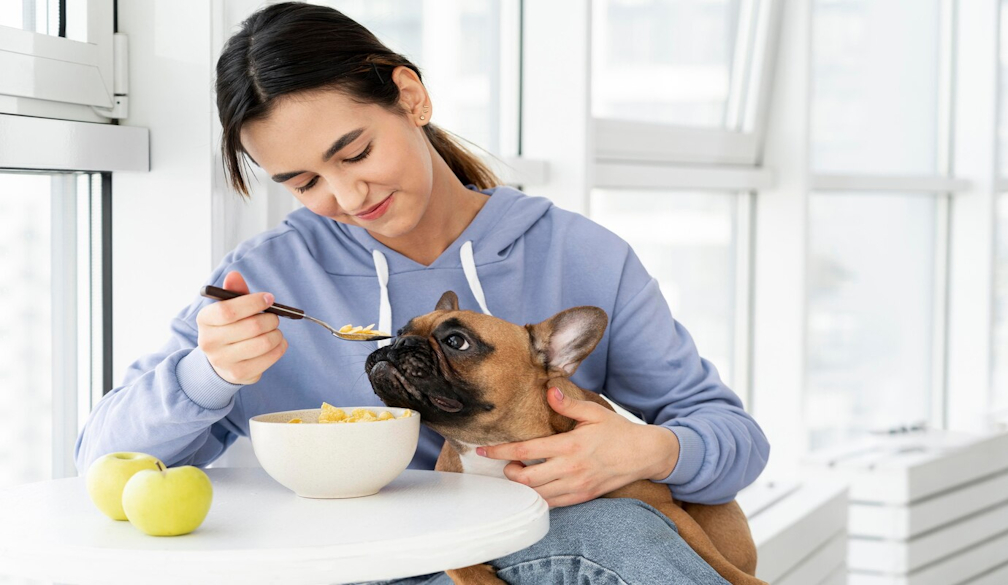Is Your Pet's Food Really Australian? Here's How to Check

When you reach for that bag of kibble or can of wet food for your furry friend, have you ever wondered where it really comes from? Many pet owners assume products on Australian shelves are locally made, but the reality might surprise you. In an age where transparency matters more than ever, understanding the origin of what goes into your pet's bowl has become increasingly important.
Why Does Australian-Made Matter?
Australian pet products are often associated with higher quality standards, fresher ingredients, and supporting local businesses. But beyond patriotism, there are practical reasons to seek out truly Australian-made options:
- Stricter regulatory standards for ingredients and manufacturing processes
- Reduced carbon footprint from shorter transportation distances
- Supporting local farmers and Australian agricultural communities
- Greater transparency in supply chains and ingredient sourcing
- Fresher products with potentially fewer preservatives
However, identifying genuinely Australian-made products requires more than glancing at packaging with kangaroos or Australian flags.
Decoding Pet Food Labels
Marketing tactics can sometimes blur the line between products that are truly Australian and those that merely want to appear so. Here's how to become a label detective:
Look for Official Certifications
The most reliable indicator is the official Australian Made, Australian Grown logo – a green triangle with a yellow kangaroo. This certification is strictly regulated and indicates:
- Australian Made: The product has undergone substantial transformation in Australia
- Australian Grown: All significant ingredients are grown in Australia
- Product of Australia: All significant ingredients are Australian, and all major processing occurred here
Understanding Ingredient Sourcing Claims
Be wary of vague terms that sound Australian but offer no guarantees:
- "Made in Australia from local and imported ingredients" – Some components may be Australian, but others are imported
- "Packed in Australia" – Merely packaged here, likely using imported ingredients
- "Australian owned company" – Refers to business ownership, not where ingredients come from or where manufacturing occurs
Major Players in the Australian Market
Understanding who makes your pet's food can provide insights into its origin. The Australian market features both multinational giants and local specialists:
Multinational Companies
Major corporations like Mars Petcare, Nestlé Purina Petcare, and retail giants Coles and Woolworths dominate much of the market. While these companies may have Australian manufacturing facilities, they often import ingredients from global supply chains.
Australian Specialists
Several truly Australian companies pride themselves on local sourcing and production:
- Real Pet Food Company – A homegrown success focusing on Australian ingredients
- Premier Petfood Company – Emphasizes local supply chains
- Dried & True – Specializes in Australian-sourced dehydrated treats
- Australian Pet Treat Company – Focuses on locally-made specialty items
Where to Shop for Australian-Made
Your shopping venue can influence your chances of finding genuine Australian products:
Supermarkets (60% of Market)
Woolworths, Coles, and Aldi offer convenience but typically stock more multinational brands. Look specifically for:
- Dedicated "Australian Made" sections
- Products with clear certification logos
- Store brands that explicitly state Australian manufacturing
Specialty Pet Retailers
Shops like Petbarn and independent pet stores often carry:
- More boutique Australian brands
- Staff knowledgeable about product origins
- Greater selection of premium local options
Online Platforms
The fastest-growing segment of pet food sales offers:
- Direct access to small Australian manufacturers
- Detailed information about ingredient sourcing
- Customer reviews specifically addressing Australian content
Farmers' Markets and Direct Sales
For the most direct connection to Australian sources:
- Small-batch producers often sell at local markets
- Farm-to-bowl options with single-source ingredients
- Opportunity to speak directly with manufacturers
Questions to Ask Pet Food Companies
When information isn't clear on packaging, don't hesitate to contact companies directly. Ask:
- Where are your manufacturing facilities located?
- What percentage of ingredients are Australian-sourced?
- Which specific ingredients come from overseas?
- Do you have any Australian certification for your products?
- Can you explain your supply chain transparency measures?
The Price Factor
Australian-made products often come with premium price tags, reflecting:
- Higher labor costs in Australia
- Stricter quality control standards
- Smaller production scales for specialty brands
- Investment in local supply chains
Consider this additional cost as an investment in both your pet's health and the Australian economy.
Beyond Food: Extending to Treats and Supplements
The same principles apply to other pet consumables:
- Treats often have even more ambiguous sourcing than main meals
- Supplements may contain globally-sourced active ingredients
- Dental chews and similar products deserve the same scrutiny
Making Informed Choices
The quest for truly Australian pet food isn't about absolute purity but informed decision-making. Even products with some imported ingredients may be significantly better than wholly imported alternatives.
Consider creating a hierarchy of priorities:
- Australian-made with Australian ingredients (ideal but sometimes limited in availability)
- Australian-made with mixed sourcing (supporting local manufacturing)
- Australian-owned brands that may manufacture overseas
- Multinational brands with Australian facilities
By becoming a more discerning consumer, you not only provide better nutrition for your beloved companion but also cast a vote for transparency in an industry that affects millions of Australian pets every day.
The journey to find authentic Australian pet food may require extra effort, but for many pet parents, knowing exactly what's in that bowl makes all the difference.















